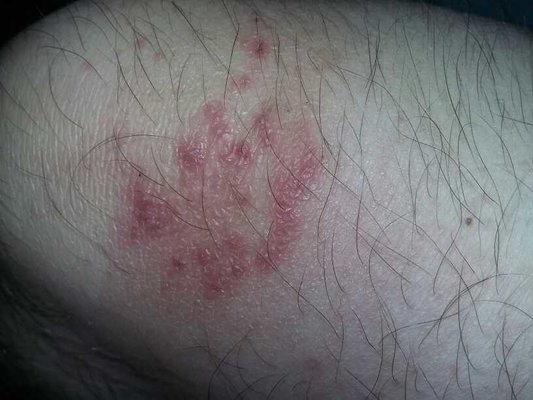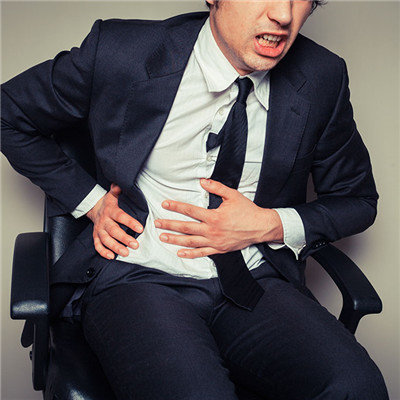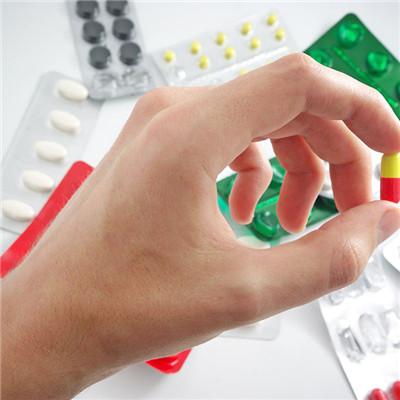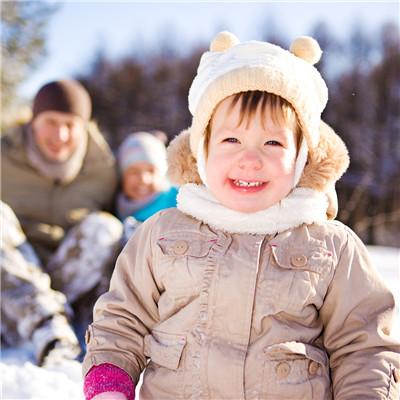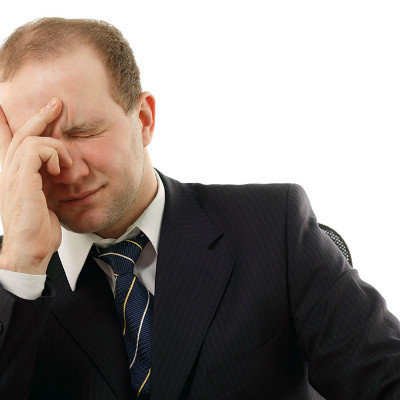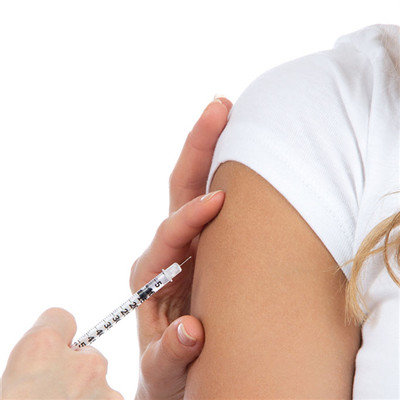What symptom can paraplegia have?
summary
Paraplegia once suffered, it will indicate that people can not walk as normal as normal people, and their second half of life can only be accompanied by a wheelchair. Experts said that paraplegia can be said to be a very serious disease, and if we want it not to get worse, we can only treat it when it first appears. So, what are the symptoms of paraplegia? Now let's talk about it.
What symptom can paraplegia have?
Motor function: after the spinal cord shock stage, the motor function below the damaged level is still completely disappeared, but the muscle tension is high and the reflex is hyperintense; After shock, some of the injured muscles gradually developed autonomic activities. After spinal cord injury, there are signs of motor neuron injury, such as relaxation and atrophy of the muscle innervating the injured segment and disappearance of tendon reflex.
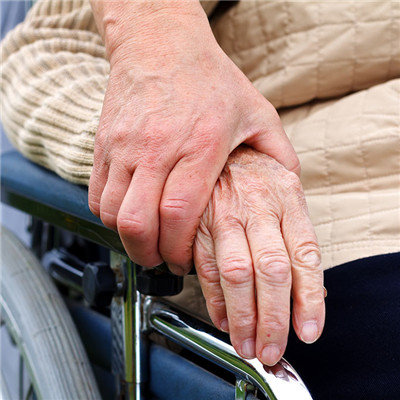
Sensory disturbance: in patients with complete spinal cord injury, all kinds of sensations below the injured level were lost, while in some patients, some sensations were retained according to the degree of injury. 3. The bladder function was tension-free neurogenic bladder in spinal cord shock stage; After the recovery of spinal cord shock, the symptoms were reflex neurogenic bladder and intermittent urinary incontinence; When the spinal cord returns to reflex, the skin irritation will lead to involuntary reflex micturition, and the late stage is contracture neurogenic bladder.
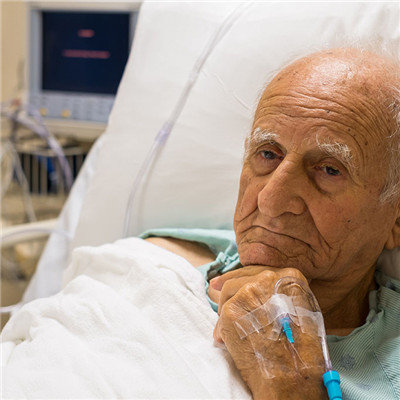
Reflex activity: after shock stage, the limb reflex below the damaged level gradually changes from disappearance to hyperactivity, and the tension changes from slow to spasm. Complete spinal cord injury is flexion paraplegia, and partial spinal cord injury is extension paraplegia. Sometimes stimulation of the lower limbs can cause irrepressible flexion and urination, which is called global reflex.
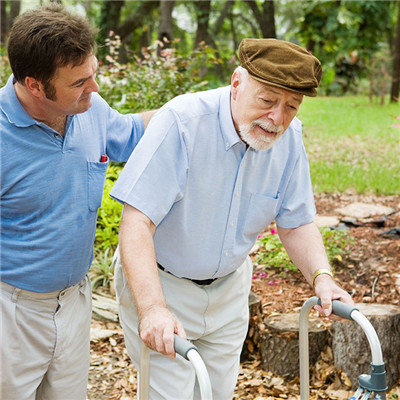
matters needing attention
In order to promote the recovery of paralyzed muscles, prevent the adhesion of joints, ligaments and nearby tendons, and maintain the normal activities of limb joints, functional training should be actively strengthened and rehabilitation activities should be carried out for those whose spinal cord function has not been recovered.
